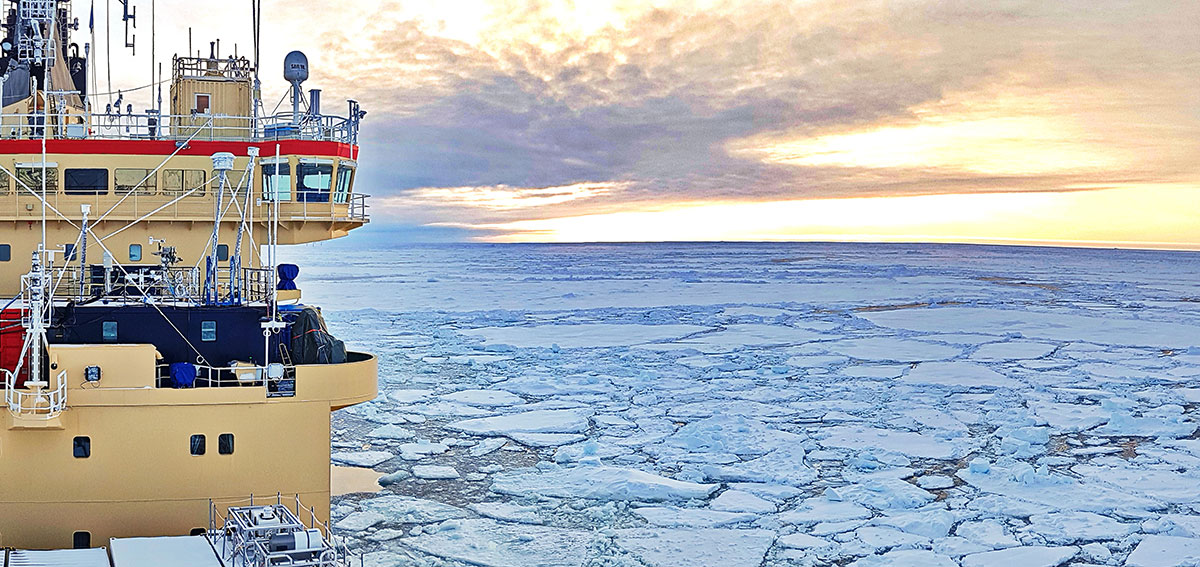SeRC research makes us understand the processes leading to Arctic climate change amplification and how to predict weather in Arctic conditions
Performed within MCP SESSI
The Arctic is experiencing about twice as much warming than the global average, but the reasons for this is not quite under- stood. And although our climate models are very helpful for the global climate change, they are not very good at representing the current climate in the Arctic. For future scenarios, the Arctic is the region where the uncertainty is the largest. The need for reliable prediction of weather and environ- mental variables such as sea-ice extent and thickness is increasing and of high societal relevance as the activities in the region is increasing with decreasing sea-ice area.
Whereas global climate models solve the necessary flow equations on a horizon- tal grid with boxes stacked in the vertical, SeRC has contributed to the development of a special kind of single-column model (SCM) that selects a single vertical stack of boxes from the bottom of the ocean to the top of the atmosphere at a location such that it can be studied in detail while the larger-scale flow is kept under control.
One of the novelties here is in the coupling between the atmospheric column and the ocean column into an atmosphere-ocean single-column model (AOSCM) taken out of the global Earth system model EC-Earth that is developed in a European consortium where Sweden is a very active partner. The tool can be seamlessly integrated to also mimic the use for global forecasts on the medium-to-seasonal range at the European Centre for Medium-range Weather Forecasts (ECMWF). The new concept allows a more detailed comparison with observations and requires much less computational resources.
The concept is affecting climate-model development at large; at the latest Multidisciplinary Drifting Observatory for the Study of Arctic Climate (MOSAiC) workshop, the modelling team concluded that AOSCM will be one of the primary modelling tools to be used to improve regional and global models. Also, the AOSCM is listed in the Horizon 2020 data- base as one of the main results of the EU project APPLICATE.





